
By September 2025, the province will have 637 educational institutions from kindergarten to university (56 private schools) with a total of about 400,000 children, pupils, students, and university students (accounting for over 28% of the province's population); of which 13.03% study at private schools, and high school level alone is 35.97% (the highest in the country). There are 579 public educational institutions/centers under the management of the People's Committees at the commune level, the Department of Education and Training, the Provincial People's Committee, and central ministries/sectors.
After the arrangement of the 2-level local government model, in the 54 commune-level administrative units, there are 522 public kindergartens, primary schools, and secondary schools under the management of the commune level. Due to the regional characteristics of the province, the number of kindergartens, primary schools, and secondary schools in each area is unevenly distributed: 10 commune-level units have no more than 5 educational facilities, while 7 units have more than 15 educational facilities. In some commune-level units, the total number of groups/classes of public educational facilities is relatively small, not exceeding the maximum size of an educational facility. Specifically: 12 units have less than 30 kindergarten groups/classes; 11 units have no more than 40 primary school classes; 33 units have no more than 45 secondary school classes. Thus, in practice, it is possible to consider arranging the commune to have only 1 kindergarten/primary school/secondary school.
Schools and public educational institutions in the province are currently short of nearly 4,000 administrators, teachers and staff, most notably lacking over 2,600 teachers. In reality, the scale of schools and classes is still scattered and small, along with the shortage of teachers and the lack of a reasonable structure, which has been creating great pressure in schools, requiring the rearrangement of the school and class network in conjunction with streamlining the apparatus, effectively using the existing staff and restructuring human resources according to the 2-level local government model.
According to the plan to arrange and merge public schools and educational institutions under the 2-level local government model in the province, for educational institutions under the People's Committees at the commune level, the whole province will arrange 520 schools into 251 schools, reducing 269 schools. Of which, preschool level will reduce 97 schools/total 185 schools; primary level will reduce 104 schools/total 152 schools; secondary schools will reduce 68 schools/total 183 schools. The arrangement is carefully calculated, not merging preschools with general schools; not merging continuing education institutions with general schools; only merging schools and school points within the same commune-level administrative unit; prioritizing the inter-level primary-secondary school model in sparsely populated areas and areas with difficult travel.

In Mong Duong ward, there are currently 6 kindergartens, primary schools, and secondary schools with 12 school locations. Implementing the policy of the Provincial People's Committee on arranging and streamlining the school network to improve management efficiency, rationally use resources and meet the requirements of educational innovation, the local government and educational institutions in the ward actively implemented the work of merging and perfecting the organizational apparatus. After the arrangement, the ward area was reduced to only 3 schools with 12 school locations remaining.
Mong Duong Kindergarten and Duong Huy Kindergarten merged and took the name Mong Duong Kindergarten. The merger of the two schools into one contributes to the goal of streamlining the apparatus, improving management efficiency, and optimizing the use of facilities and equipment; at the same time, creating favorable conditions for investing and upgrading synchronous facilities, aiming to build a school that meets higher national standards.
Ms. Pham Thi Van Anh, Principal of Duong Huy Kindergarten, said: Realizing that the merger is necessary, reasonable and has strategic significance for the development of education in the new period, the staff and teachers of the school have a clear ideology, consensus and are ready to accept the assigned tasks. The school has actively coordinated with the Ward People's Committee to develop and appraise the project, focusing on collective intelligence, advising on goals so that the project is feasible and scientific . The most important of which is to propose solutions to solve problems focusing on management work, reducing leadership positions, improving operational capacity; improving the quality of child care and education, ensuring to meet the requirements of innovation in preschool education, especially arranging the team reasonably, fairly, transparently according to the capacity, job position and actual needs of the unit after the merger.
Mong Duong Primary School merged with Nguyen Trai Primary School and all primary school students of Duong Huy Secondary and High School to form Nguyen Trai Primary School. The staff will be rearranged in a streamlined and quality direction. Teacher Pham Thi Tin, Principal of Mong Duong Primary School, is a teacher with 32 years of dedication in the education sector, including 9 years as a management staff with a wealth of achievements and experience, volunteered to give up the leading position of the school to younger staff. Ms. Tin shared: Although I have been attached to Mong Duong Primary School for more than 25 years, including 9 years in a management position with a wealth of personal and collective achievements, when the merger policy was implemented, I felt that I needed to be proactive and take the lead to create consensus. To demonstrate the spirit of being a role model, having high responsibility, and putting the common interest above personal interest, I voluntarily and proactively accepted the position of Vice Principal after the school was merged, creating conditions for the young management staff to have the opportunity to develop their capacity, continue and develop the school's tradition. I believe that, for the collective and for the beloved students, no matter what position I am in, I will dedicate and contribute my best to the local education cause.

The educational institutions under the Department of Education and Training and the Provincial People's Committee will merge Tien Yen Secondary and High School for Ethnic Minority Boarding with the Provincial Secondary and High School for Ethnic Minority Boarding; and Cua Ong High School with Le Hong Phong High School in the same area of Cua Ong Ward. At the same time, 14 vocational education and continuing education centers will be merged into the Provincial Vocational Education and Continuing Education Center, as a basis for conversion into vocational secondary schools under the direction of the central government. According to representatives of educational institutions, the merger brings many advantages, especially in school administration.
In general, after completing the arrangement, Quang Ninh plans to reduce 284 preschool, general education, and continuing education facilities, equivalent to a streamlining rate of about 50%. The merger and rearrangement of schools and educational facilities does not reduce or affect students' learning compared to before, but is only consistent with the actual operation of the 2-level local government model. Teachers' teaching, especially students' learning, will continue as usual at the current school, without changing classes, teachers, or schedules. This is a strategic step, both streamlining the apparatus, improving management efficiency, and creating conditions to concentrate resources and invest in-depth in education, meeting the requirements of rapid and sustainable development of the locality in the new period.
Source: https://baoquangninh.vn/sap-xep-mang-luoi-truong-lop-dong-bo-hieu-qua-3380498.html


![[Photo] Closing ceremony of the 18th Congress of Hanoi Party Committee](https://vphoto.vietnam.vn/thumb/1200x675/vietnam/resource/IMAGE/2025/10/17/1760704850107_ndo_br_1-jpg.webp)
![[Photo] General Secretary To Lam attends the 95th Anniversary of the Party Central Office's Traditional Day](https://vphoto.vietnam.vn/thumb/1200x675/vietnam/resource/IMAGE/2025/10/18/1760784671836_a1-bnd-4476-1940-jpg.webp)


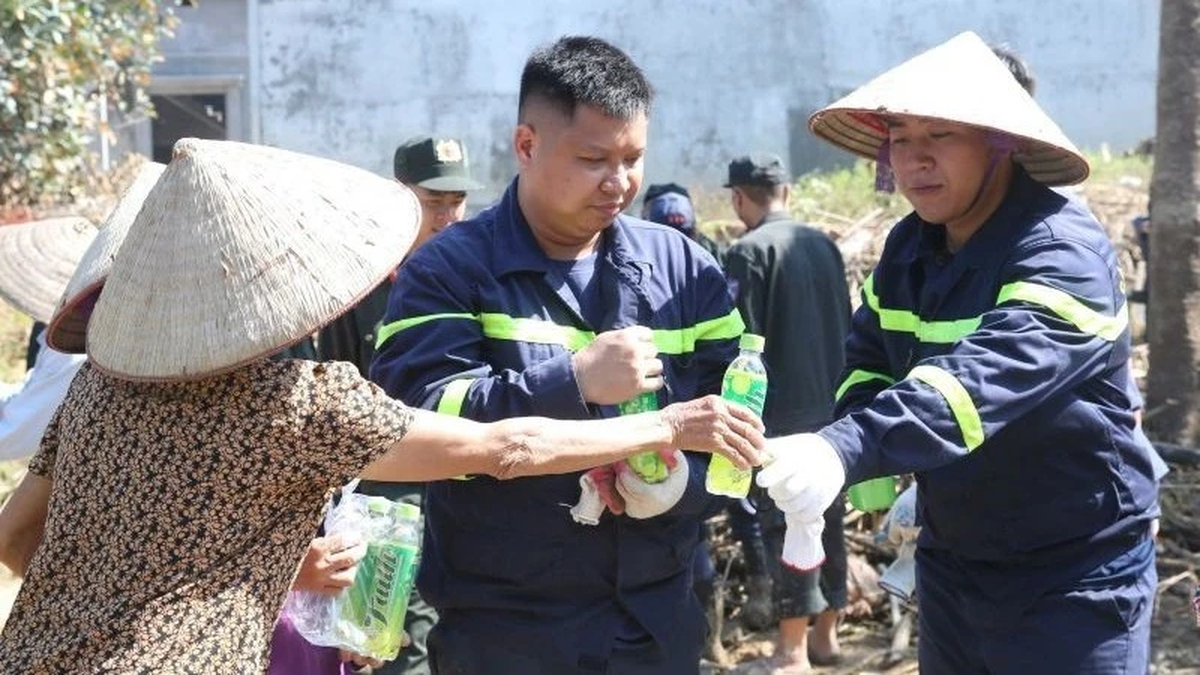
![[Photo] Collecting waste, sowing green seeds](https://vphoto.vietnam.vn/thumb/1200x675/vietnam/resource/IMAGE/2025/10/18/1760786475497_ndo_br_1-jpg.webp)




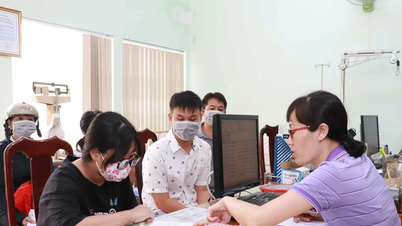



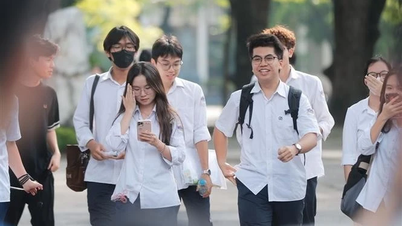

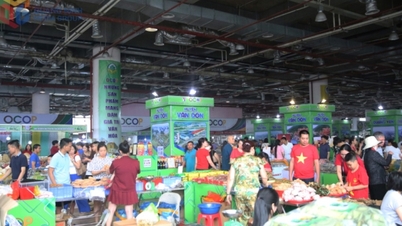
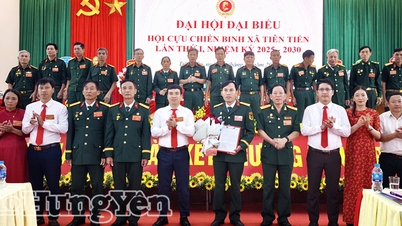




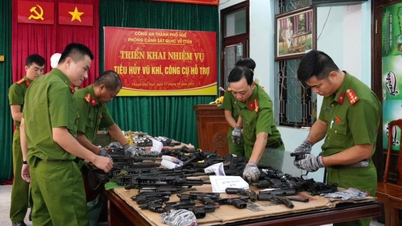

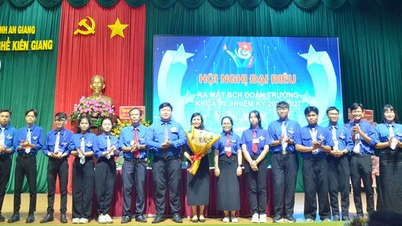




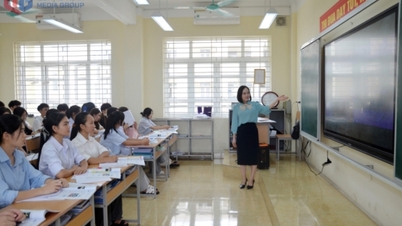


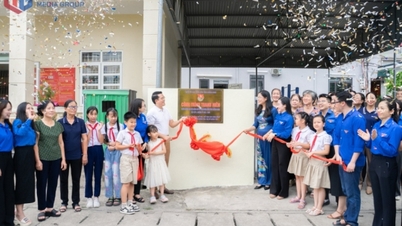
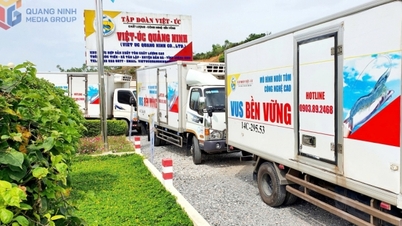
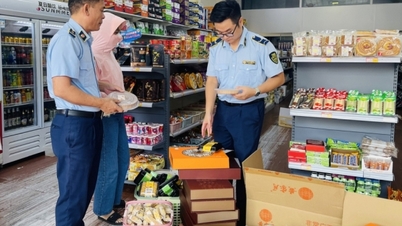


































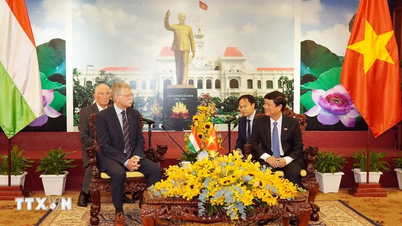






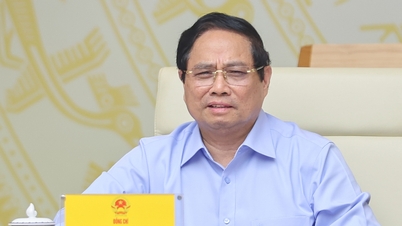
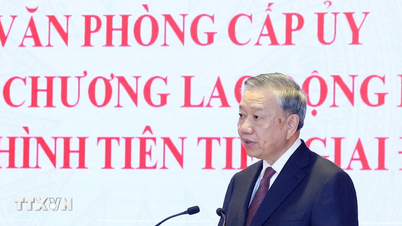











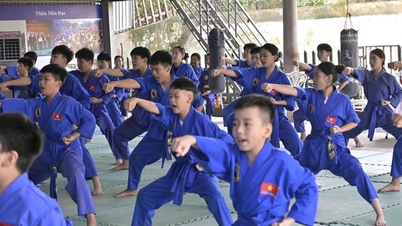




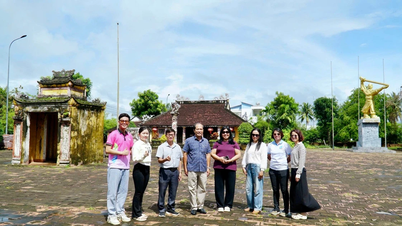















Comment (0)